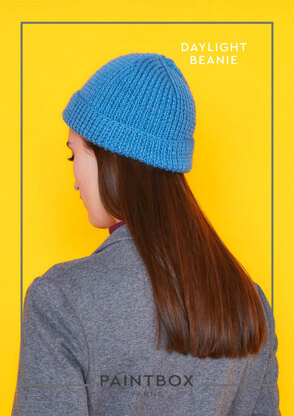Understanding positive ease – it’s easy!
Published on 19 December 2018 By Merion 2 min read
Knitting terminology is baffling for beginners. Let’s begin de-coding with a look at positive and negative ease!
Ease is all about fit. Some clothes and knits are designed to have a close fitting shape, and some are designed to be loose. The amount of space between a garment and your body is known as “ease”.
In the beginning, there was fabric, and throughout history, women were stitched into their dresses as tight as a second skin, and skirts were made gigantic to house enormous petticoats. Seamstresses and tailors the world over were able to mould their fabric shapes with darts, and tucks, and pleats and seams.
Along comes knitwear! Although we don’t have the ability to stitch in darts and tucks to shape garments, knitwear naturally stretches – and when we knit a garment, we can control its fit by factoring in “positive” and “negative” ease.
A good example of negative ease is in the construction of a hat. We need hats to fit our heads tightly and not fall off – so we knit them smaller than our actual heads. The stitches then stretch to fit over the curve of our heads, and fit closely.
Positive ease is used when a garment is designed to be bigger than the person inside it, or where there are curves that might be variable, for example, across the bust line. Extra space is built into the stitch numbers to give space between the fabric and the body.
It all comes down to style – a garment can be designed to be close fitting, skim the surface or drape loosely. For example, take a look at this gorgeous Happy Triangles jumper by Kiyomi Burgin. It is designed to be close fitting, and has very little positive ease – this means that the size dimensions stated in the pattern are actual. The designer has added into the comments, that if you want a jumper that is roomier, select a bigger size to knit.
So whether you prefer slouchy over-sized styles or fitted shapely garments, you can be at ease knowing you've got the terminology covered!

